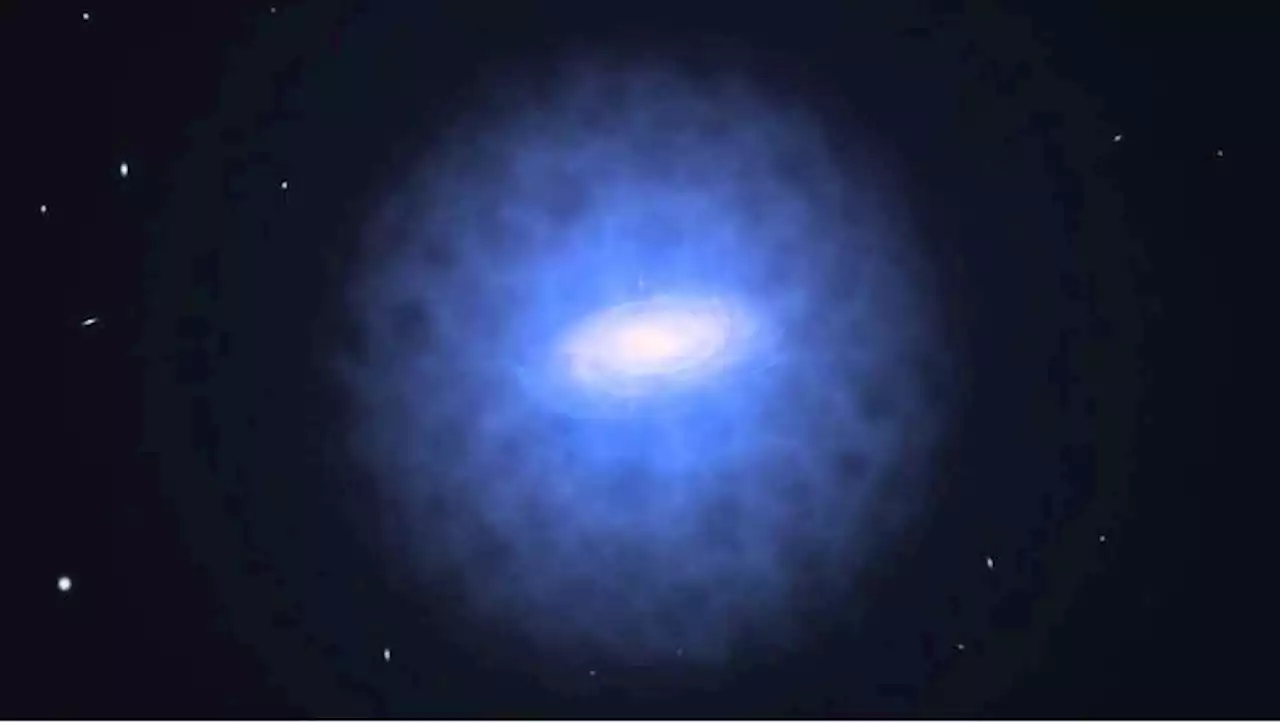This massive particle could serve as the connection between dark matter and the everyday matter that comprises stars, planets and us.
— have momentum distributed among them after a collision. The framework is called the Jefferson Lab Angular Momentum parton distribution function global analysis framework. However, the researchers modified the theory underlying this framework to allow for the existence of dark photons. Standard Model of Particle Physics
, which neglects dark photons. And it did so, Thomas believes, to a significance that would be high enough in other circumstances to act as evidence for the discovery of a new particle. Though the work doesn’t actually prove the existence of the dark photon, it surely narrows down the parameters at which this particle could exist, and builds toward an understanding of how strongly it would kinetically interact with standard photons. For future research into the existence of dark photons, the team suggests improving statistical analyses of all observables in the system being examined.
